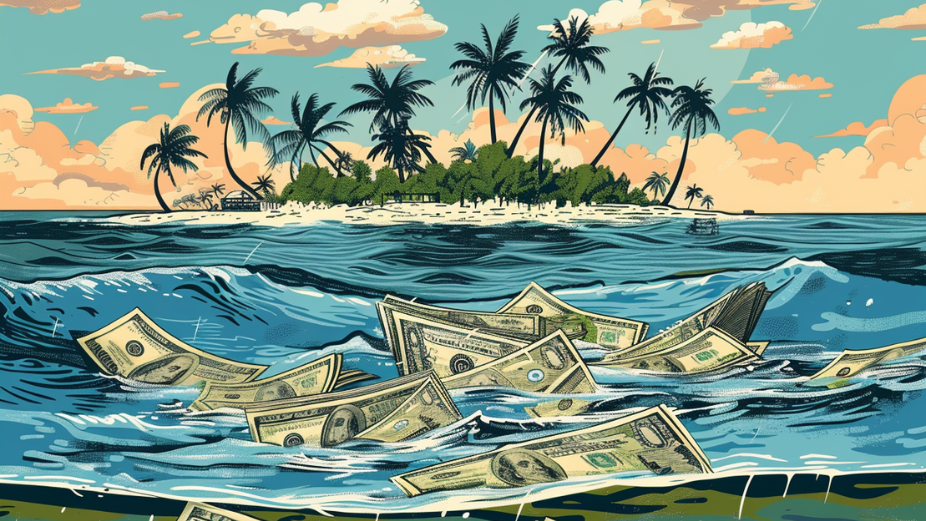The Maldives faces the urgent task of securing substantial funding to implement its climate adaptation strategies while also managing a significant debt burden. A new report by the World Bank highlights the magnitude of these challenges, revealing the high costs of adaptation alongside constraints on the country’s fiscal resources.
National Goals, Unclear Cost Estimates
The Maldives’ Nationally Determined Contribution (NDC) outlines its commitments to climate change mitigation and adaptation. However, the document lacks a detailed breakdown of implementation strategies and their associated costs. This lack of clarity poses a significant obstacle to securing the required financing, especially as adaptation needs are far costlier than mitigation initiatives. The Maldives’ low greenhouse gas emissions mean its mitigation requirements are relatively modest. In stark contrast, addressing the severe impacts of climate change on the islands carries a hefty price tag.
The High Cost of Coastal Protection
One of the most pressing concerns for the Maldives is safeguarding its coastlines. The report outlines a wide range of potential costs for coastal protection measures, spanning from approximately US$ 0.7 billion to a staggering US$ 11.4 billion. The government, however, signals a focus on protecting solely the inhabited areas, although this still incurs expenses in the billions of dollars.
Choosing the most appropriate coastal defense strategy requires careful consideration of both upfront and long-term costs. While cheaper short-term solutions, like cement bags, may seem appealing, their frequent maintenance needs can lead to higher overall expenses. Nature-based solutions (NbS), such as mangrove reforestation and seagrass bed restoration, could offer more cost-effective alternatives over time. However, comprehensive studies are needed to assess their suitability at scale and accurately calculate their implementation costs.
The Total Financing Challenge
Estimates suggest that the Maldives’ total financing needs for addressing climate and nature conservation could reach as high as US$ 12.4 billion through 2030. Coastal protection alone contributes significantly to this figure, potentially requiring up to US$ 11.4 billion in investment.
Fiscal Constraints and Potential Solutions
Domestic initiatives, such as the Green Tax, play a vital role in generating revenue for environmental action. Since its inception in 2015, the Green Tax has yielded approximately US$ 336.6 million. Nevertheless, mounting debt servicing costs, growing subsidies, and public sector spending constrain the country’s ability to fully fund its climate agenda.
To bridge this gap, the Maldives is exploring several strategies alongside continued fiscal reforms. These include restructuring existing environmental taxes, reassessing price subsidies, and introducing new user fees to provide additional revenue while incentivizing more sustainable practices. The government also plans to establish a dedicated conservation and climate adaptation trust fund. This would help mobilize resources from diverse funding sources, allowing for both short- and long-term investments. Additionally, the issuance of green and blue bonds is planned to attract investors interested in supporting environmentally responsible projects. Lastly, innovative debt-for-nature (DFN) swaps present a potential avenue for coupling debt relief with conservation and climate initiatives.
The Maldives’ complex fiscal landscape necessitates a multifaceted approach, balancing its commitment to environmental protection with the responsible management of its high debt burden.



















